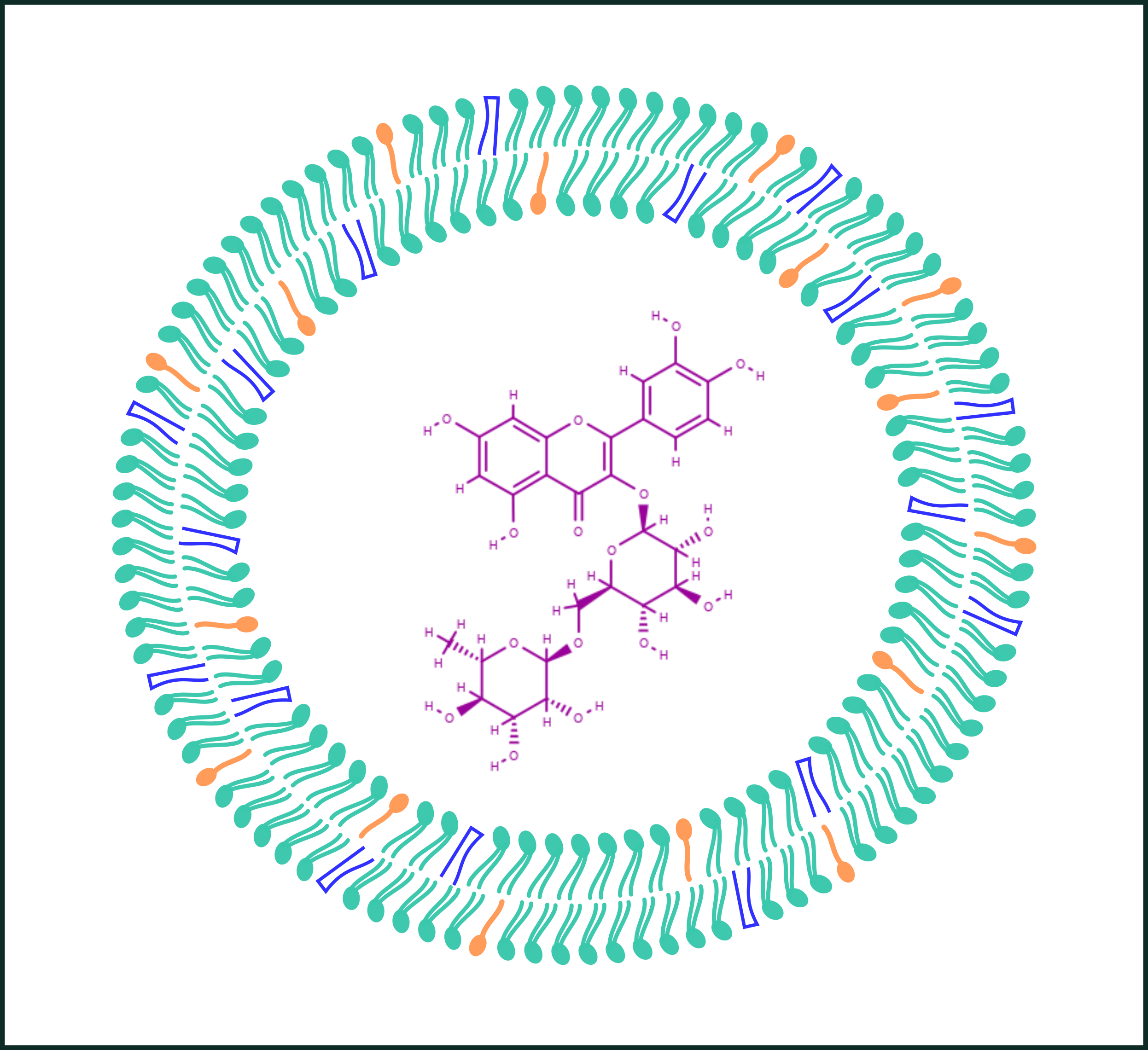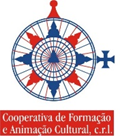Projects
Nanosolutions to upgrade the daily management of rare skin conditions

PI Catarina Pereira Leite
CBIOS team members
Catarina Rosado, Nuno Saraiva, Ana Sofia Fernandes, João Guilherme Costa, Patrícia Rijo, Ana Júlio, Vera Isca, João Vieira, Cíntia Almeida
From 2024 to 2025
Description
Rare dermatological conditions like Xeroderma pigmentosum (XP) are autosomal recessive syndromes resulting from specific congenital defects in the nucleotide excision repair pathway. There is no known cure for these disorders, which are life-threatening and cause a significant impact in the life of these patients. Despite presenting variable symptoms, common dermatological manifestations can be identified, such as heightened sun sensitivity, freckling in sun-exposed areas of the skin and dryness.
Presently, the management of these clinical conditions is contingent upon their severity, with the primary focus on early diagnosis, lifelong protection from UV light, and symptom-based supportive treatments. In accordance with current medical guidelines, patients are advised to apply sunscreens with high SPF daily to minimize UV exposure.
In the case of XP, a pronounced increase in the incidence of skin cancer has been reported and the patients undergo frequent surgical resection of skin lesions. The current challenges of the management of these skin conditions are mainly related to safety concerns regarding daily exposure to titanium dioxide nanoparticles used as photoprotective agents in sunscreens, as well as regarding the topical application of anticancer drugs.
The NANO4RARESKIN project aims to upgrade the management of rare skin conditions related to DNA repair disorders by designing daily maintenance, multifunctional and nanotechnology-based formulations with photoprotective, antioxidant, and skin barrier recovery properties.
The strategy for innovation will be based on the optimization of lipid-based nanosystems containing ceramides and phyto-antioxidants and further combined with titanium dioxide nanoparticles using a Quality-by-Design approach. These nanosystems will be characterized and incorporated in semisolid formulations, finally proceeding to stability, safety, and efficacy assessments.
Upon completion of the NANO4RARESKIN project, it is expected that at least one nanotechnology-based formulation will be poised for knowledge transfer and have potential to make a significant contribution towards a safer and cost-effective daily management of rare skin conditions.
The accomplishment of the ambitious objectives of NANO4RARESKIN will be ensured by the know-how on lipid-based nanosystems for skin drug delivery and by the strategic collaboration with a multidisciplinary team of CBIOS researchers. This befitting group will also be dedicated to dissemination and communication activities, so that the major breakthroughs of the project become available for the scientific community, industry, patients’ associations, and general society.
Funding entity

